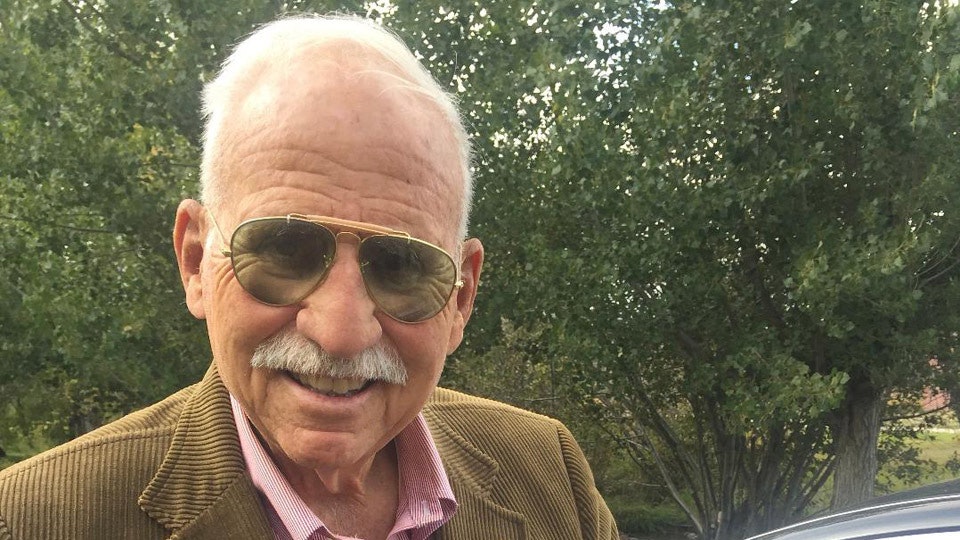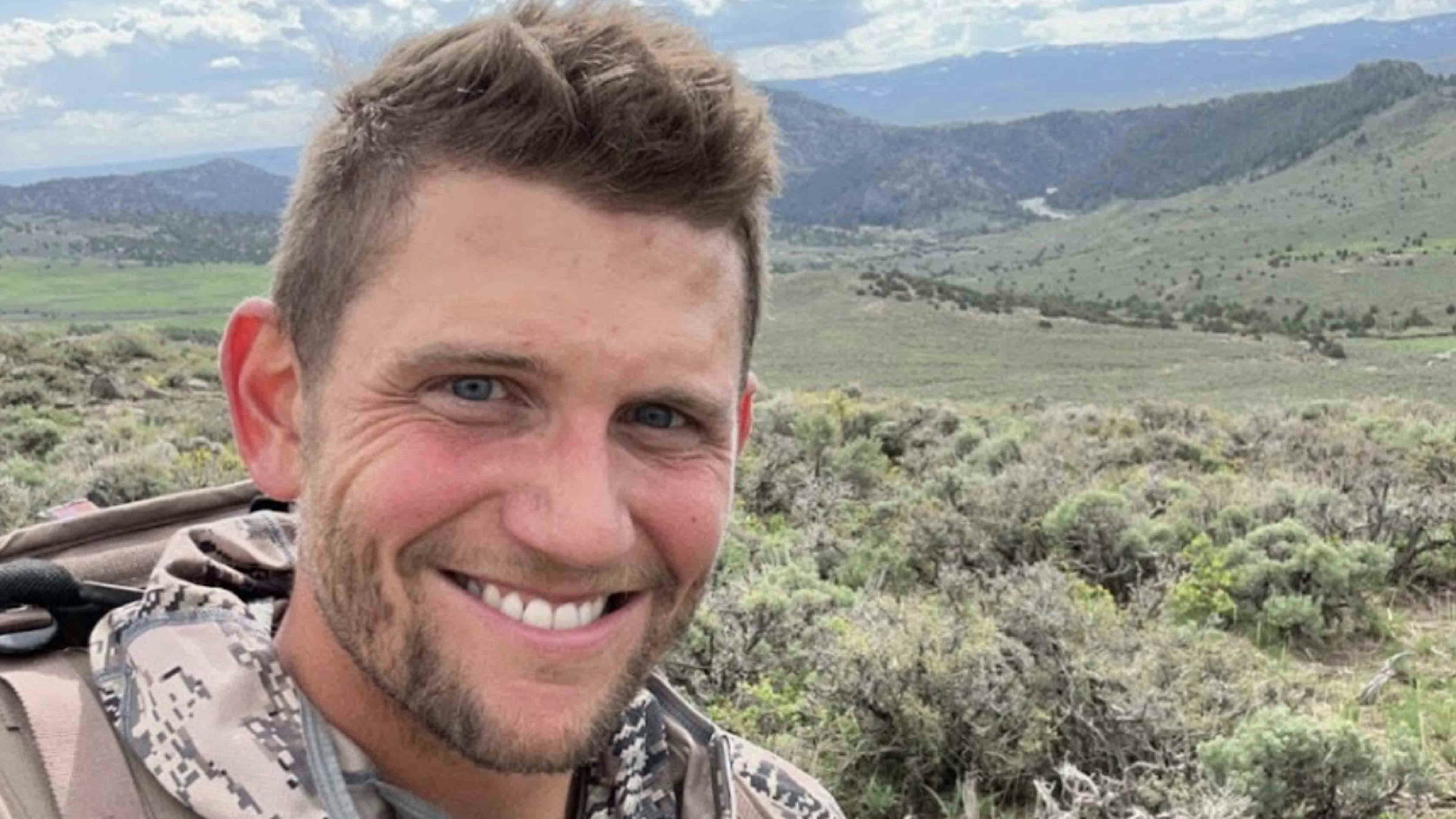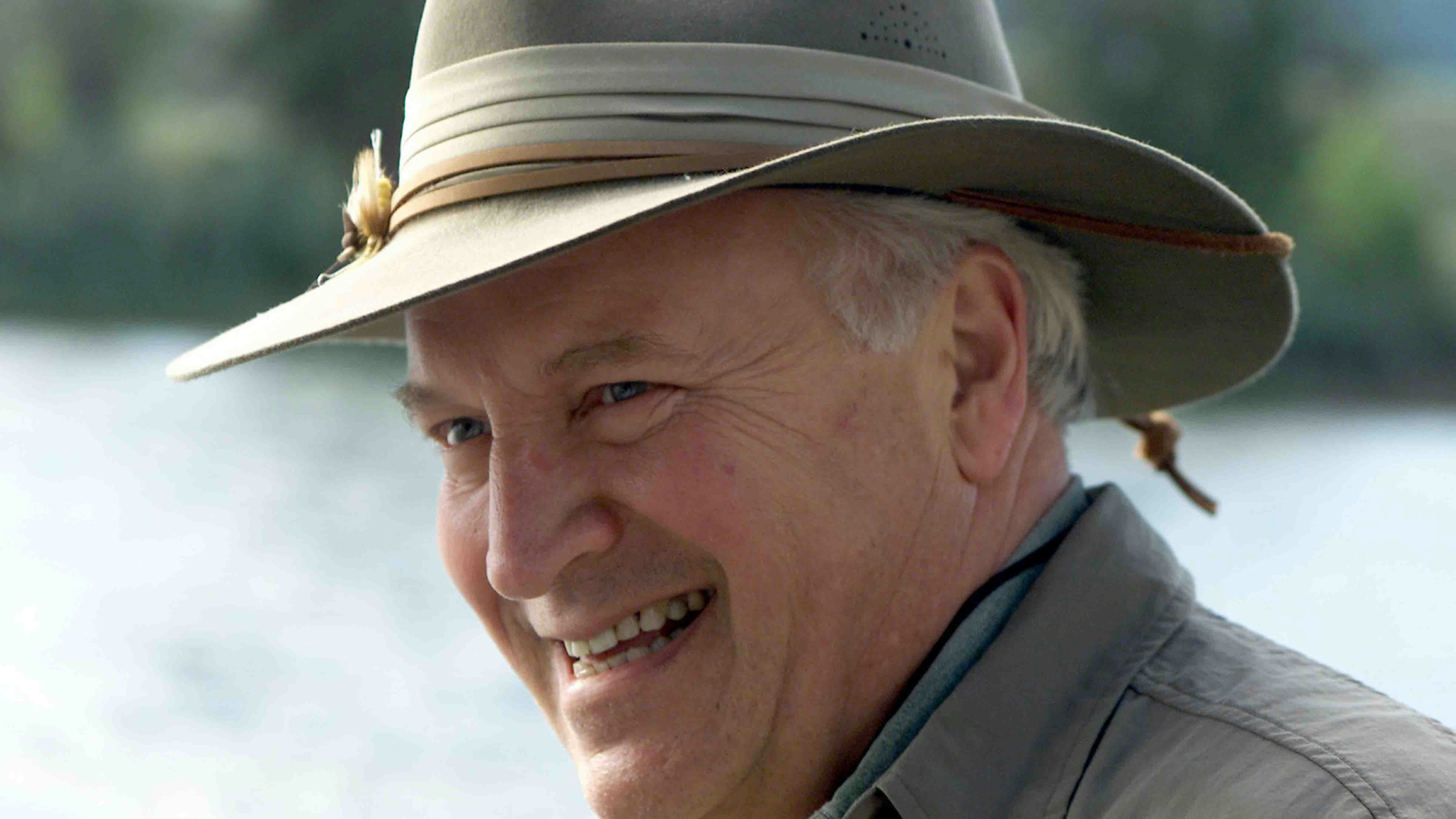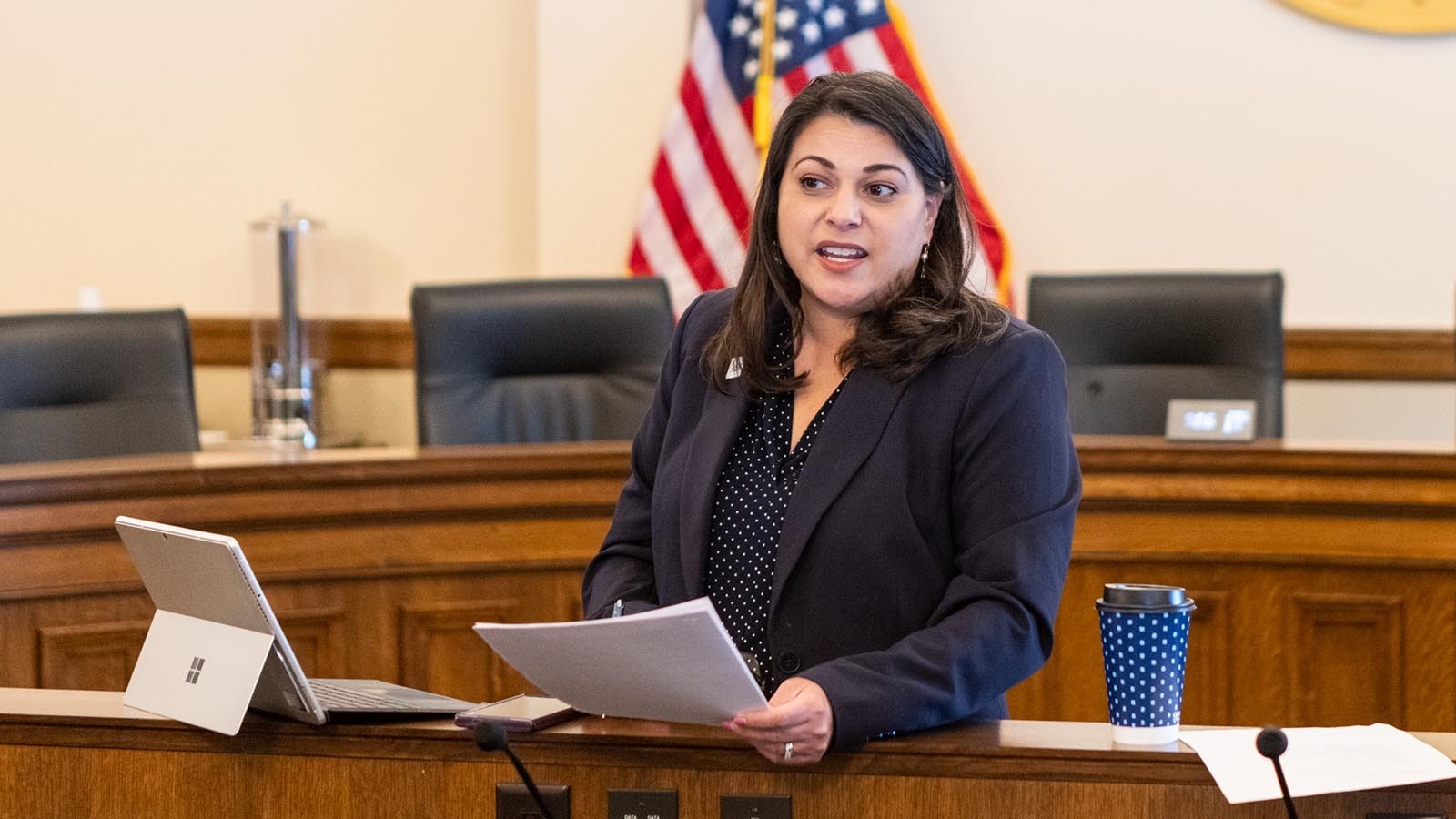“…Well, when we go to his big house
Up there I asked the fellow
I said, “Who was it that did it”
Who was it that shoot the President?”
And he said, “it was Charlie Guietou
That shoot Mr. Garfield” and I said
“Charlie Guiteau done shot down
A good man, good man
Charlie Guiteau done shot down a good man low”.
— Johnny Cash, “Mr. Garfield”
The lyrics of Johnny Cash’s ballad, one of my favorites, concern the shooting of President James A. Garfield at the Baltimore and Potomac Railroad Station on July 2, 1881.
It is an accurate description of a little known piece of history, about a little known President.
That is understandable since Garfield, the 20th President of our Nation, only occupied the Presidency for four months before being shot by a man disappointed at not receiving a political appointment.
President Garfield died from his wounds on September 19, 1881. He is one of the “forgotten presidents” that served between the Civil War and the turn of the century.
However, Garfield was one of the more erudite and accomplished men to serve as president during the 19th century.
Before he launched his career in politics, serving in the House of Representatives for 17 years, he was a major general in the Union Army and before that he was an educator.
He received his education at what was later to become Hiram College in Ohio, and at Williams College in Massachusetts, At age 26 he was named president of Hiram College. Garfield was a man of strong and insightful opinions about many things, including especially education.
Ms. Cathy Connolly, democrat minority leader in the Wyoming House of Representatives and professor of women’s studies at the University of Wyoming, also has strong opinions about education, especially when it comes to spending.
In a recent opinion piece in the Casper Star Tribune (8/5/2020), she urged the legislature to disregard the dire financial straits in which Wyoming presently finds itself.
With the rig count at “zero” and coalmines continuing layoffs, she chose this moment to advocate for increasing the huge K-12 Wyoming education budget.
Ms. Connolly suggested expanding Wyoming’s already expansive and expensive “basket of education goods and services” by piling on even more “goods and services”. Items such as social workers and publicly funded pre-school were, suggested.
Such an expansion would result in even more per pupil expenditures on top of the already bloated funding model that outspends, by a wide margin, each of our neighboring states.
Current evidence suggests we spend more per pupil, and get less for it, than any neighboring state.
The most recent available statistics on state expenditures and state educational outcomes does not support the thesis that more money results in better outcomes.
Wyoming spends $16,537 per pupil, sixth highest among the 50 states. However, our neighboring states spend much less: Nebraska $12,579; Idaho, $7,486; South Dakota, $9176; Colorado, $9809; Montana, $11,443 and Utah, $7,179.
The latest ranking of NAEP (National Assessment of Educational Progress) for 2019 showed Wyoming scored higher in some categories and lower in others, when compared to neighboring states. There was little correlation between expenditures and outcomes.
A fascinating 2018 report from the Cato Institute, a libertarian think tank, using NAEP test data and accounting for different demographic characteristics in the states, as well as cost of living differences across the states, ranked the states on the efficiency of education spending.
The report explains: “In these efficiency rankings, achieving successful outcomes while economizing on education expenditures is considered better than doing so through lavish spending”.
In Cato’s efficiency rankings our neighboring states are ranked much higher than Wyoming. South Dakota ranks 8th, Colorado 9th, Utah 12th, Idaho, 15th, Montana 16th and Nebraska 29th. Wyoming is ranked 37th.
According to Cato, 37 states get more bangs for their educational buck than does Wyoming.
Adding more dollars to the educational budget isn’t needed. What is needed is more efficient spending. That means spending on basics and not bells and whistles.
It also means auditing the expenditures to assure taxpayer’s money is being spent wisely and efficiently. This is called, “performance auditing” and Wyoming currently has no such mechanism in place.
So where should the spending focus be? Mr. Garfield suggested the answer: It is not fancy buildings and expensive equipment. It is the teacher. It is the connection between teacher and student that is indispensible to a quality education. The focus should be there.
Mark Hopkins was the president of Williams College from 1836 to 1872. He was a former professor of Garfield’s. At a Williams College alumni dinner at Delmonico’s restaurant in New York City in 1871 a debate about raising money for the College’s building and equipment fund broke out.
Garfield strode to the podium and declaimed, “Give me a log hut, with only a simple bench, Mark Hopkins on one end and I on the other, and you may have all the buildings, apparatus and libraries without him”.
Mr. Garfield knew that true education is an interaction, a conversation, between student and teacher that is not dependent on lavish surroundings, expensive “apparatus” or auxiliary personnel.
Yes, the things mentioned may be nice when money is not a limiting factor. But in times of austerity, it is the focus on fundamentals that will assure quality education is delivered. Nothing is more fundamental to education than a quality, dedicated, knowledgeable teacher.
Mr. Garfield was a good and wise man. Decision makers in Wyoming can learn from his wisdom.
From 1997 until 2002, Ray Hunkins served as chief counsel to the State of Wyoming in matters relating to education finance.





